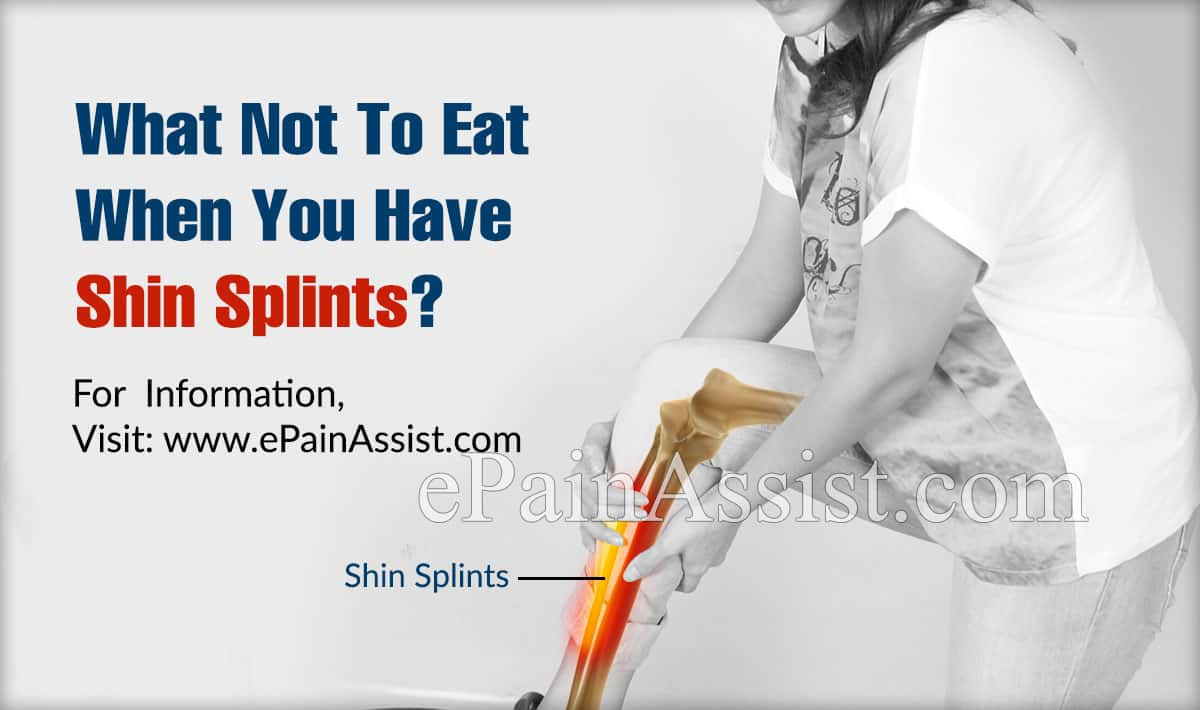One of the many ways of improving shin splints is through adopting a healthy nutrition, which will help improve the efficiency of treatment as well as faster healing. Shin splints usually arise when your leg muscles are overworked, or rather overused resulting in an annoying pain along the tibia. The pain can be felt from the ankles up to the kneecap and around the calves depending on the extremity of the underlying cause. People who are susceptible to shin splints include walkers, runners, dances, military recruits, novice, and gymnasts. Weak muscles and low bone density increases the risks of developing shin splints because your legs are unable to endure any pressure, say from intense or strenuous activities.
An Effective Diet For Shin Splints
Nutritional therapies are meant to supplement treatment for shin splints by helping you recover faster and strengthening your muscles and bones at the same time. Appropriate supplements for a shin splint diet include; supplements that help strengthen your bones, inhibit inflammation as well as those that help with muscle repair. For example, vitamin D, C, B complex and K2, calcium, magnesium, protein supplements, Omega fatty acids, and proteolytic enzymes. Foods that will help you increase the above supplements in your body are ginger, celery, beets, turmeric, cucumber, carrots, burdock root, turnips, raw nuts including Brazil nuts and macadamia nuts, avocado, kale, banana, and broccoli.

What Not To Eat When You Have Shin Splints?1
As much as nutritional supplements are effective in the healing process of shin splints, you need to be aware of the efficiency, safety as well as the mechanism of action of the supplements. In addition to that, you should regulate calcium supplementation, because too much calcium in the body can cause arterial calcification. This is the buildup of calcium in the arteries, which will increase your risk of developing a heart attack. You need to avoid any foods which cause inflammation such as gluten, refined white sugars, preservatives, and dairy products as well. Gluten is a protein that is found in grains and foods prepared with flour. Therefore, you should avoid foods such as oats, cereals, wheat, barley, and rye. Consumption of foods with high sugar causes inflammation, which in turn lead to body aches including shin splints. Foods to avoid that have high sugars include soda, potato chips, dots, and blizzard.
One can prevent2 themselves against shin splints by avoiding any foods which can increase the likelihood of developing pain in the shin bone. That is, avoid foods that contain a high content of refined white sugar and foods with gluten, which lead to inflammation. Other ways of preventing oneself against shin splints are; increasing one’s mileage gradually, running or walking on softer surfaces, take time to rest when needed, and wearing appropriate gear i.e. running or dancing shoes that are supportive. You could also adopt less intense exercises so as to stretch your muscles around the shin bone. For example, toe curls, leg raises, heel drop, flexing and pointing your toes as well as toe walk. To avoid any complications that may arise with shin splints, especially if you are prone to developing the condition, you can seek medical advice from a professional, so you are able to manage shin splints on your own.
Conclusion
Generally, someone with shin splints should avoid foods which result in muscle inflammation as well as swelling of the tendons. In addition to that, they should also keep off foods with gluten, dairy products, white sugars, and preservatives. Nutritionists who are well conversant with shin splints advise individuals suffering from the condition to take foods rich in vitamin C, D, and B, calcium, omega 3 fatty acids and foods with anti-inflammatory properties. Shin splints only worsen if action to relieve the pain on the shin bone is not taken. It is important to remember that before committing to a nutritional therapy, you consult your doctor for more details so that you are aware of the benefits and demerits of your choice.
